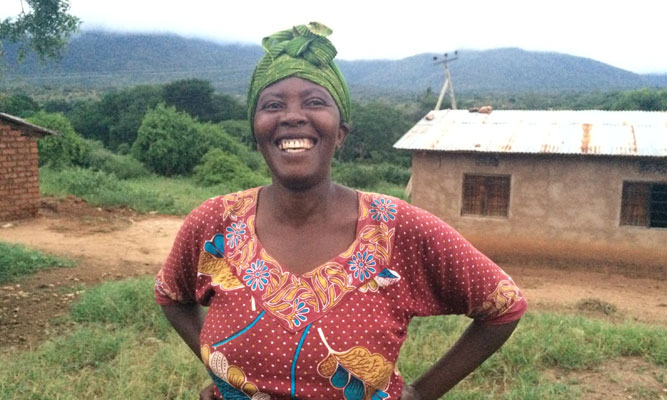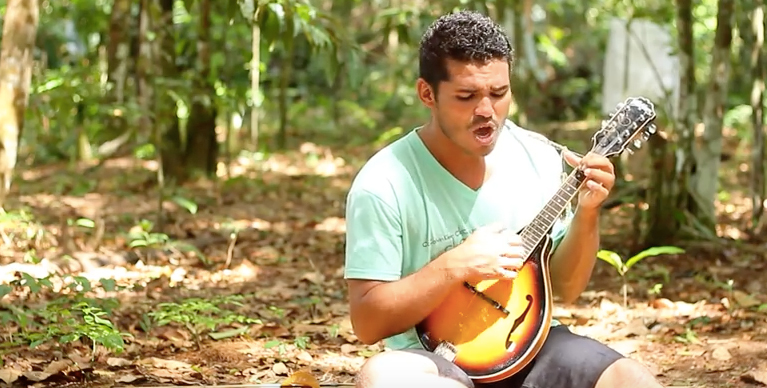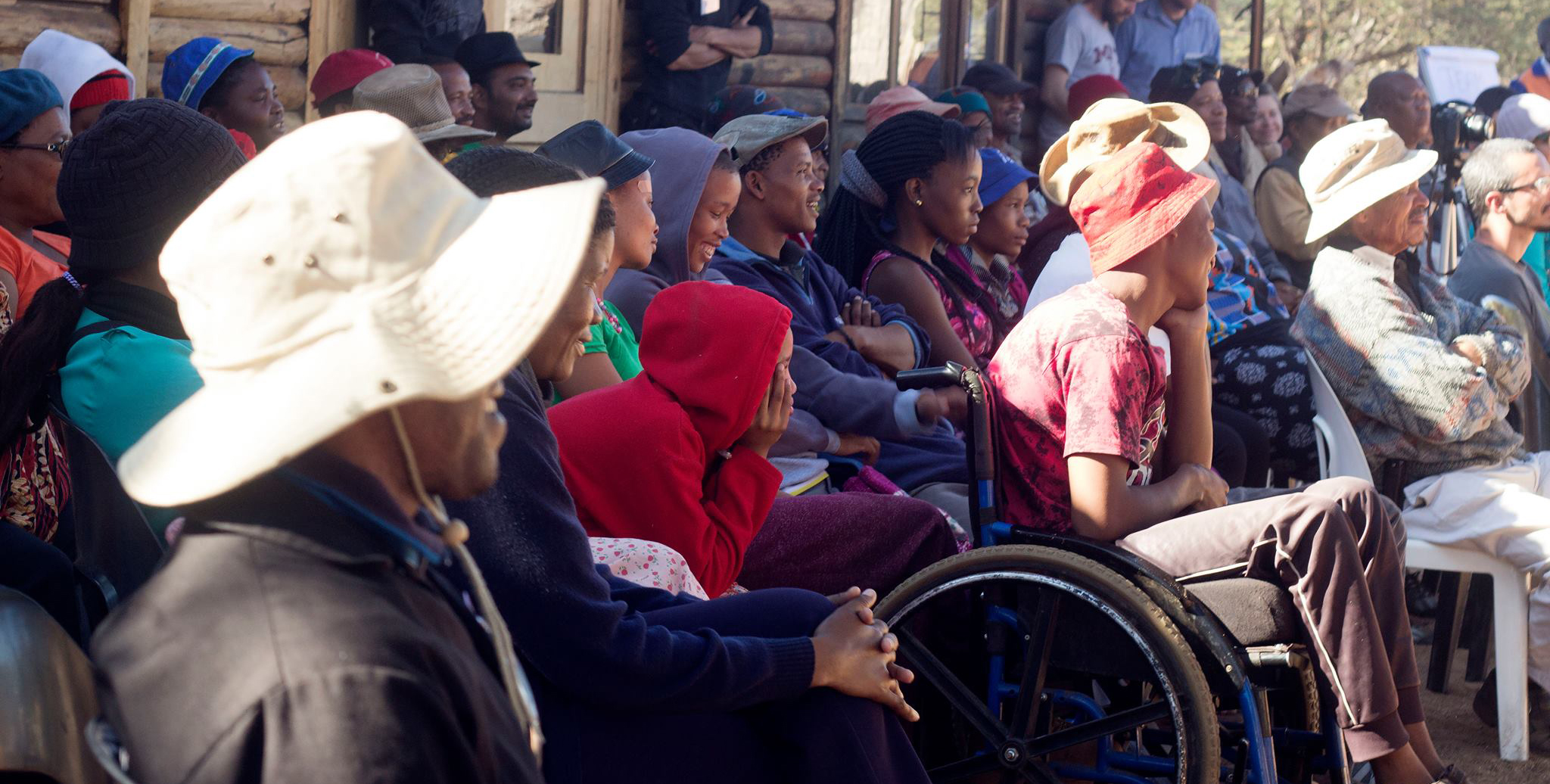Innovators to Convene at International Design Summit to Develop Low-Cost Technologies Addressing Global Poverty

This summer, over 40 people from nearly 30 countries will gather in Arusha, Tanzania to take part in the 2014 International Development Design Summit (IDDS) from July 7 to August 9.
Their mission? To co-create low-cost technologies with the potential to improve lives and alleviate poverty in Tanzania and around the globe.
The summit is a month-long, hands-on design experience organized by IDIN and local Tanzanians, and funded by the U.S. Global Development Lab.
Summit participants will work with local community members to tackle development challenges related to water, agriculture, energy, and education in Tanzanian villages where many people live on less than $1.25 a day.
IDIN is working closely with Tanzanian partners to organize the summit, including the nonprofit Twende, government office CAMARTEC, social enterprise Global Cycle Solutions, and IDIN’s Tanzania-based innovation center, AISE!.
IDIN and its local partners will support projects that emerge from the summit even after it’s over, providing resources, mentorship, and a workspace for innovators looking to take their prototypes to the next level.
Strength in Diversity
Representing a range of countries, disciplines, and levels of formal education, participants are a tremendous part of what makes IDDS a unique experience. Participant selection is based on criteria such as relevant experience, passion, enthusiasm, and intent to continue their work after the summit.
This year’s summit will bring together experts in robotics, farming, girls' empowerment, engineering, chemistry, law, climate change, and more. Ten participants are native Tanzanians while others will travel from Central and South America, North America, Asia, Europe, and elsewhere in Africa to attend the summit.
How It All Works
This year’s summit will kick off on July 8 with an introduction to the IDDS philosophy. Participants will learn about co-creation, the idea that working alongside rather than outside a community to develop new technologies is a more powerful form of development. They will also learn the design process and basic building skills. Next, participants will travel to nearby communities—Legrunuki, Mbulubulu, Mekanya, and Orkolili—to meet community members and learn about their most pressing development challenges. Participants then return to Arusha where they will begin to build and test a prototype to address a problem presented by the community.
Participants will visit their respective communities again mid-summit to share their prototype and discuss ways to improve upon the design. The prototypes will then be refined, shared with the community, and presented at the Nane Nane Festival on August 8. The Nane Nane Festival, a traditional Tanzanian celebration of harvest, marks the close of the summit.
Supporting Innovation After the Summit
As the summit ends, IDIN will welcome summit participants into the IDIN Network, made up of over 350 innovators around the globe. After the summit, IDIN will work to match innovators and promising prototypes with funding, training, peer support, and mentorship in hopes of creating real ventures that improve lives on a global scale. IDIN will also continue to support its network in Arusha and throughout Tanzania through its newly opened innovation center, AISE!.






